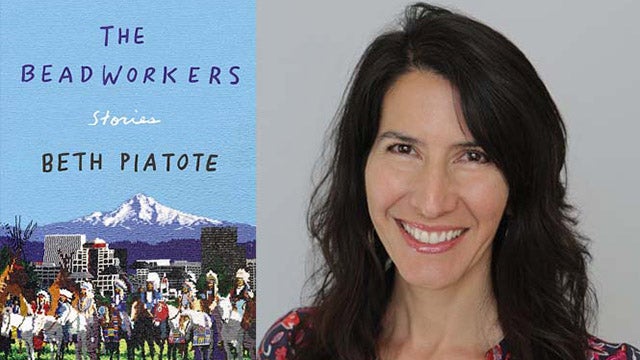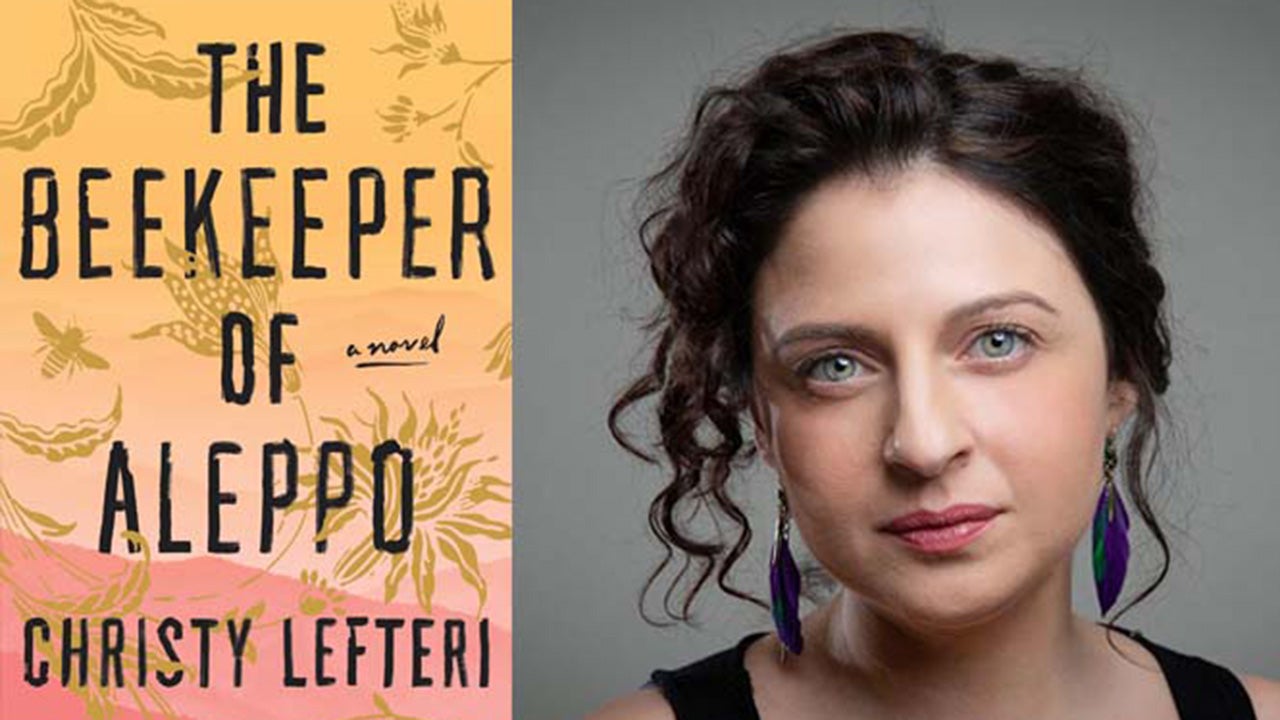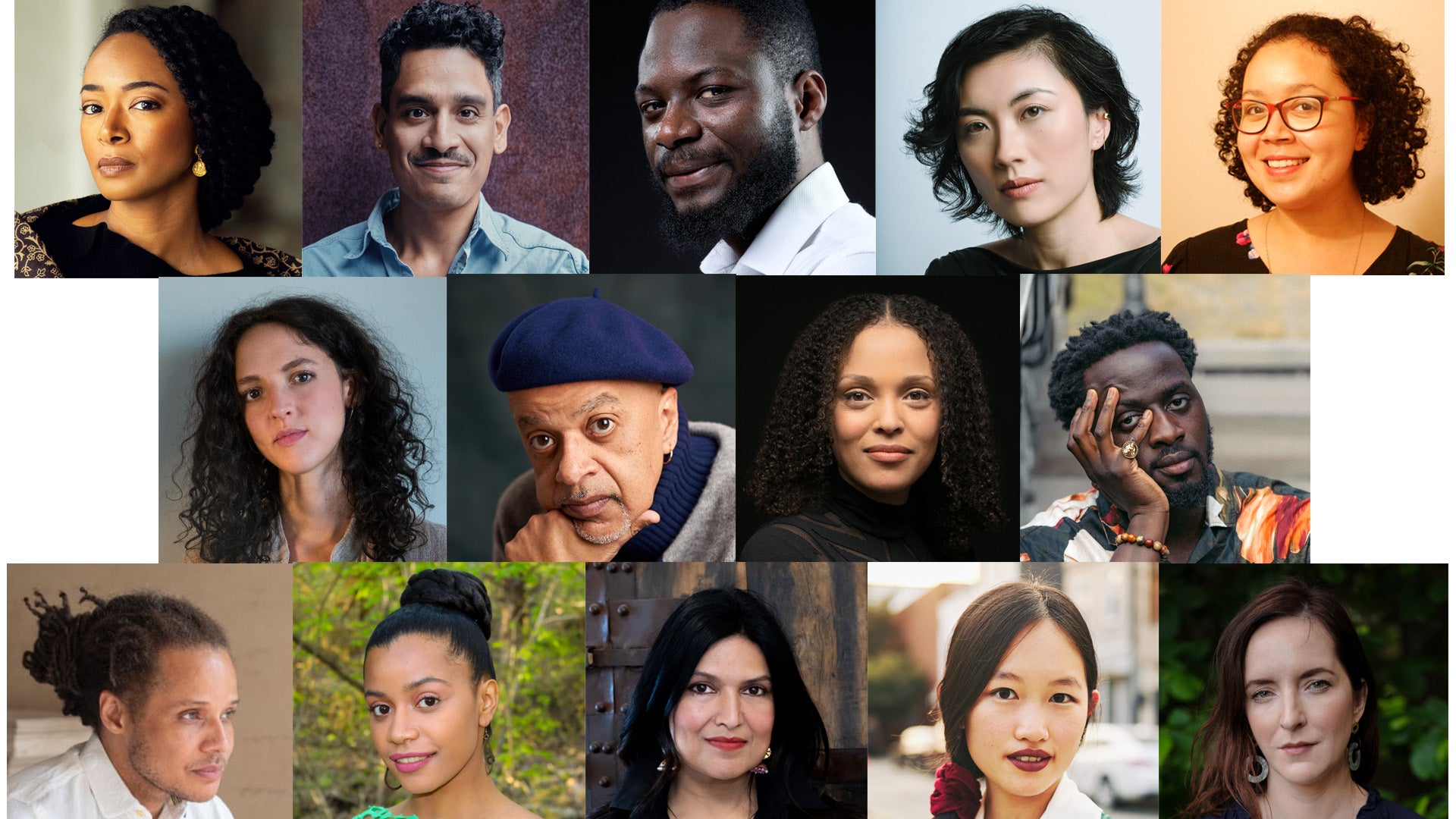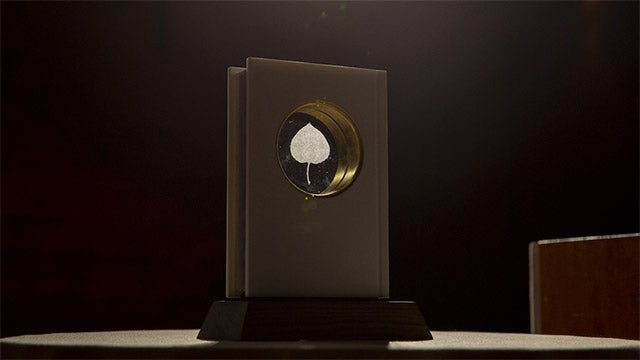On April 16, Aspen Words will confer the third annual Aspen Words Literary Prize, a $35,000 award recognizing a work of fiction that addresses a vital social issue. Sixteen nominees are still in the running, and the diverse list includes 12 novels and four short story collections covering a variety of critical issues and published by an array of presses. While the jury works on narrowing down this list to five finalists (to be announced February 19) and a winner, Aspen Words chatted with the nominees about their work, how they view their role as a writer in the cultural and political moment, and the best piece of writing advice they’ve received. You can find the series of conversations here.

Beth Piatote’s The Beadworkers is an inventive, mixed-genre debut collection that draws on Indigenous aesthetics and forms to offer a powerful vision of Native American life in contemporary America. Piatote’s stories span the past century, and some take place against the backdrop of the Fish Wars of the 1960s and 1890’s Wounded Knee. Inevitably, her work contends with the environment, violence, and justice.
How do you view your role as a writer in this cultural and political moment, and why is the time right for your book?
My role as a writer is to tell the stories that are true to me and true to the people I know. My stories center the voices and experiences of Native people living with and through centuries of violence and loss, yet finding even the smallest way to connect to life, to land, and to each other. This message is critical in the cultural and political moment that we’re in, which is characterized by political instability, xenophobia, racial strife, economic injustice, and environmental anxiety. Native people have survived more wars in this land than anyone else, and the stories of this survival, of this strength, can offer insight, hope, and vision at a time when these perspectives are most urgently needed.
Stories are companions and teachers and medicine. As I was writing this book, I often felt that my role was to help readers, particularly Native American readers, to feel less lonely. I wanted to create characters and situations that would be familiar, so I always had Native readers foremost in my mind. Yet it is not only Native readers who are looking for stories about Native America. In the wake of the protests at Standing Rock, it seems that there are many Americans eager to learn more about Native history, perspectives, and experiences. At the moment, there are three high-profile Native writers — US Poet Laureate Joy Harjo, and award-winning authors Louise Erdrich and Tommy Orange — which is a somewhat unprecedented level of Native American visibility in popular culture. So this is a good time for The Beadworkers, and for more books by Native authors that highlight Native American stories.
As I was writing, I not only thought about the construction of each piece, but how the work as a whole would evoke a particular storytelling environment. The beadwork table was my model for this aspect. My auntie was a master beadworker, and I spent many hours at her table doing beadwork, telling stories, and laughing. As I was writing, I would imagine myself at a table with my aunties and friends, on the Rez or in an urban community center, working on beadwork and telling stories, breaking down politics, and laughing. I tried to create that kind of familiar, communal place in my book, where grief is made bearable and critique is sharpened through satire and invention. Given the kinds of anxieties and suffering that people are experiencing in the current moment, I think a lot of people are looking for a place like that right now.
What other author deserves this award and why?
All of the other authors deserve it.
But I will make an argument for Jacqueline Woodson’s beautiful and absorbing novel Red at the Bone. Woodson deftly moves through the voices and perspectives of a multigenerational family, connecting their distinct narratives across time and space. The novel opens at a family gathering centered on the coming-of-age rite for Melanie in her grandparents’ Brooklyn brownstone. It seems like the set-up for a conventional bildungsroman, with the central character on the cusp of adulthood, perhaps poised to embark on a character-defining experience. But it doesn’t go that way. Instead, the narrative spirals outward, constellating the world around the young woman rather than guiding her (and her readers) through it. Its form redefines what it means to become an adult — what it means to come into yourself not through breaking away but through coming into deeper relation with your kin. It challenges the idea that any of us can “make” ourselves, even narratively. It’s beautiful and profound, and so carefully crafted, that the reader can feel the impasses, distances, and losses that the characters feel as they move with, against, and away from each other. It is deeply moving. Historical narratives (such as the fires in Tulsa, or the death of baby Benjamin) and the details of characters who don’t narrate their own stories (such as CathyMarie) move with powerful, felt presence through the text. There is so much I admire about this book — its nuanced way of dealing with race, class, and history; its gorgeous language and rhythm; its range of emotion, perfectly wrought; its spot-on dialogue.
The clearest argument I can give, however, is that when I started reading Red at the Bone I could not put it down. I took it with me on a flight and was delighted to immerse myself fully in its world. When our plane landed 30 minutes early, I was the only person disappointed, because I still had 12 pages to go. I couldn’t wait to get to the hotel to finish reading.
What more can I say? I loved everything about it.
What is the core tenet of your book’s philosophy?
This collection is called The Beadworkers, and its connecting thread is the work of beading. Each piece has its own set of ideas that it advances, but my hope for the collection as a whole is that it would cause readers to think about what beadwork really is and what it means to be a beadworker.
Across the stories (including the opening triptych and the closing play), the various functions of beadwork are revealed: as art and ornament, as an economic resource, as cultural expression, as a narrative device, as wealth. One of the testaments of Native endurance across centuries of colonization is the persistence of Indigenous arts, languages, and practices. Beadwork is an example of that endurance, and it appears in the book not only in traditional forms but in innovative ones as well. It is a living art.
Beadwork represents a commitment to turn to creativity even (or especially) in times of crisis. This practice is one of the most important lessons that Native people have to teach about surviving hard times. The work itself takes patience and persistence. Beadworkers, like storytellers, lay down patterns one bead (or word) at a time. They are the ones who pray—to bead is to pray—and the book’s frequent theme of longing is a version of that. To pray, to long, to wish—all of these are ways of being alive to loss while dreaming and working toward repair, toward restoration. Beadworkers are the ones who pray and make art and tell stories and show up for others; they’re the ones holding it all together. It’s not just Native communities that have beadworkers; every community has people who, often unheralded, are patiently and persistently working, creating, and connecting.
If you weren’t a writer, what would you be?
To me, being a writer isn’t only a vocation but how I interact with the world. So at that level, if I weren’t a writer I don’t know who or what I would be. Since I was five years old I’ve been making little books (thanks to my creative and encouraging mother) and filling journals. I’ve always been writing, even when I wasn’t writing for publication, and my writing life is bigger than my books.
Still, it’s a fun question. I think if I weren’t a writer I would be an architect.
What’s the best piece of advice you’ve received on writing fiction?
Write with a question—and it has to be a real question. It can’t be a pretend question that you’ve made up in order to get to that thing that you think you want to write about. It has to be a real question that you are trying to figure out.


